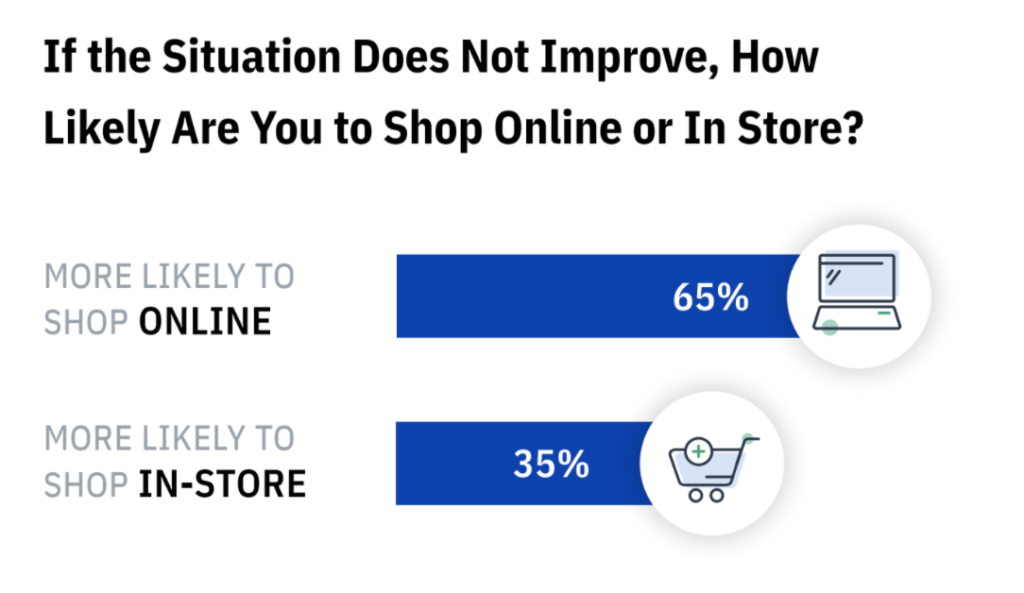If there’s anything organizations aren’t hurting for these days, it’s CX data. Brands may have been avidly searching for it once upon a time, but nowadays, they face the opposite dilemma: having more data than they might know what to do with. This is particularly true for experience program data—a few listening posts here and there can quickly inundate even larger organizations with a ton of customer intel.
Today, I’m going to talk you through how to make sense of your data. Using the tips below will help you isolate signals, cut through all the white noise, and ultimately leave your organization more CX savvy.
All Data, No Decisions
Having a lot of data is not a bad thing in and of itself, but it is more challenging for brands to make data-driven business decisions when they’re not sure where to start. Should companies dive directly into customer feedback? What about employee surveys and financial metrics? The sheer amount of disparate data sources at play within most companies can make gleaning actionable intelligence feel overwhelming (if not flat-out impossible).
The first step toward overcoming this challenge is to take all of your data and pour it into one place. This includes customer feedback, employee intel, financial data, operational data, and other sources. Why? Because siloing data makes understanding your customers and their experiences much more difficult because it obscures the context needed to fully understand both of these business problems. Putting all your data together will help your company not only contextualize what is broken, but also illuminate the path toward solving those challenges.
Finding The “Why”
Desiloing data gives companies the chance to holistically understand their customers’ perceptions and experiences. This is important not just for making data-driven decisions, but also understanding the root of broken or underwhelming experiences. When brands connect experience data with financial and operational information, it becomes much easier to see where things might be going wrong and how badly.
Once brands gain this holistic view, it’s time to dive deeper with key driver analysis. This doesn’t mean sit back and watch your NPS—it means rolling up your sleeves and getting into exploratory analysis and customer profiling. These processes allow companies to learn exactly why their customers behave the way they do. Even more, they identify what experience strengths and weaknesses drive that behavior.
Don’t forget to ask your employees for their experience feedback as well! A lot of brands mistakenly overlook this step because the employee and customer experiences drive one another. There’s no better way to make an employee feel valued than to ask for their feedback. Moreover, it encourages employees to feel involved in and take ownership of customer experience.
The Next Step
Brands can make sense of their experience data by desiloing it, analyzing it within the context of additional data, and hearing employees’ side of the story. These are the first steps toward becoming a more data-driven (and customer-centric) organization, an endeavor that can make any company a leader in its vertical.
Click here to read my full article on the importance of understanding customers to transform your brand. I take a deeper dive and provide additional tips on how to revolutionize your brand through the power of Experience Improvement (XI).














